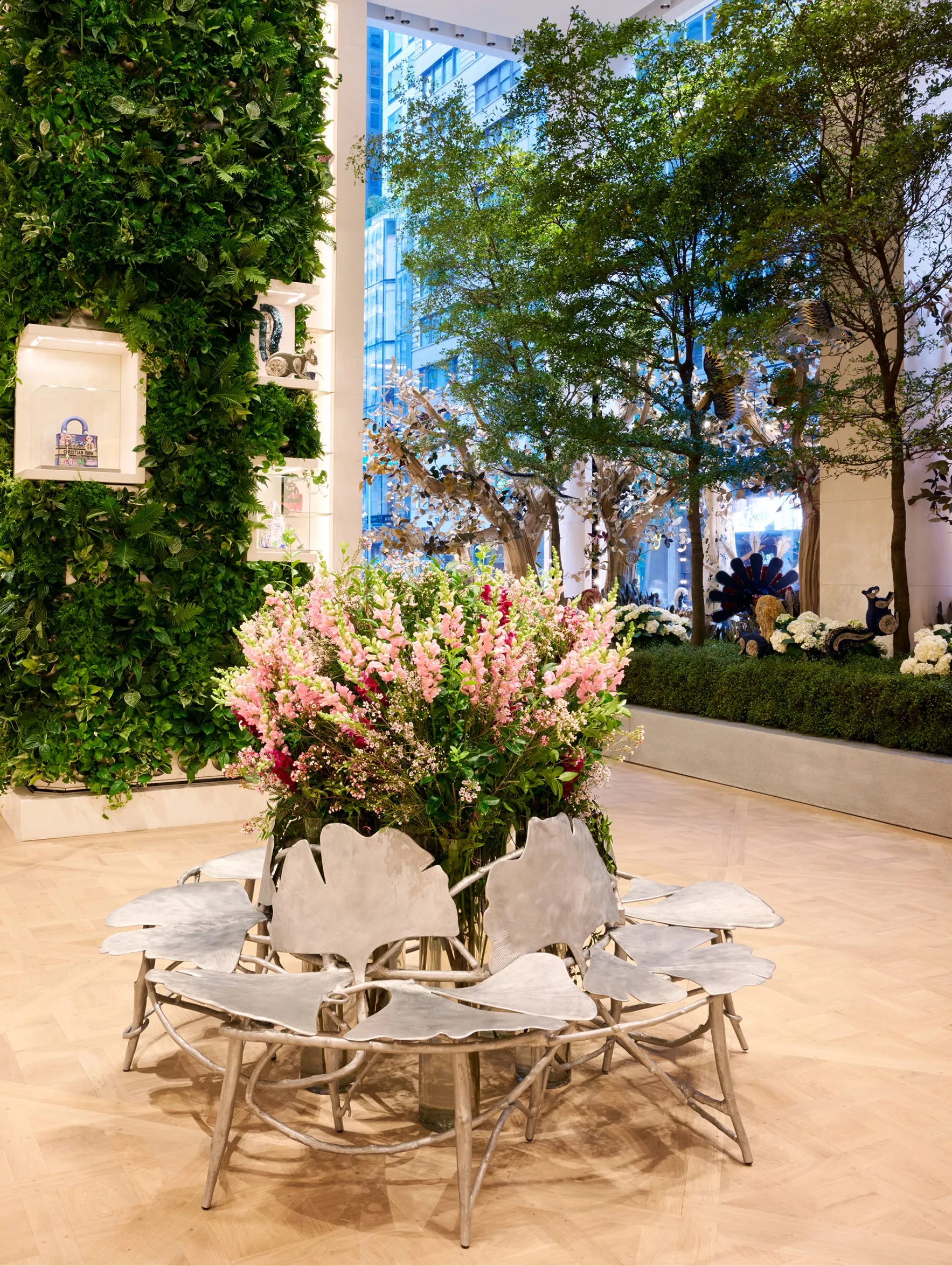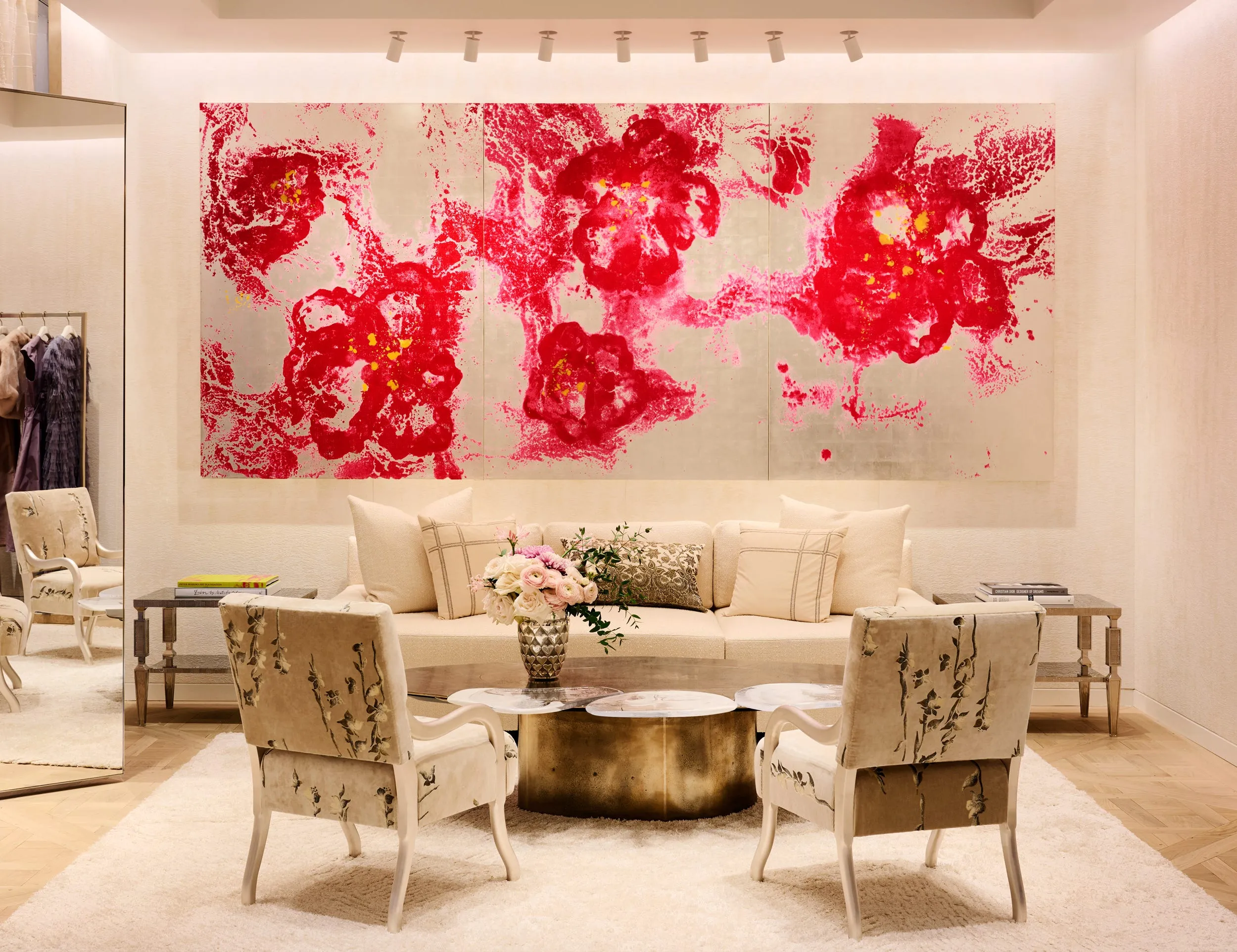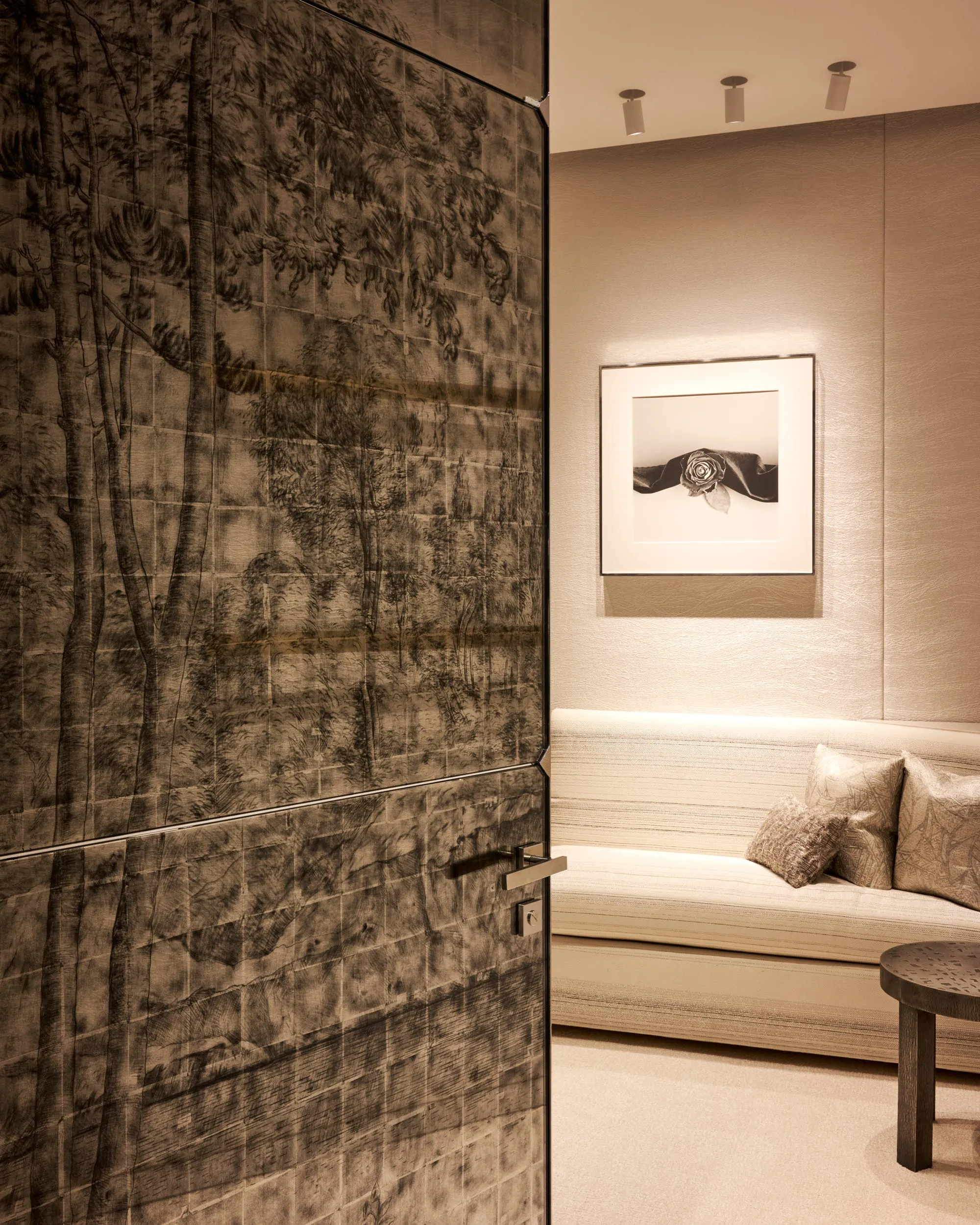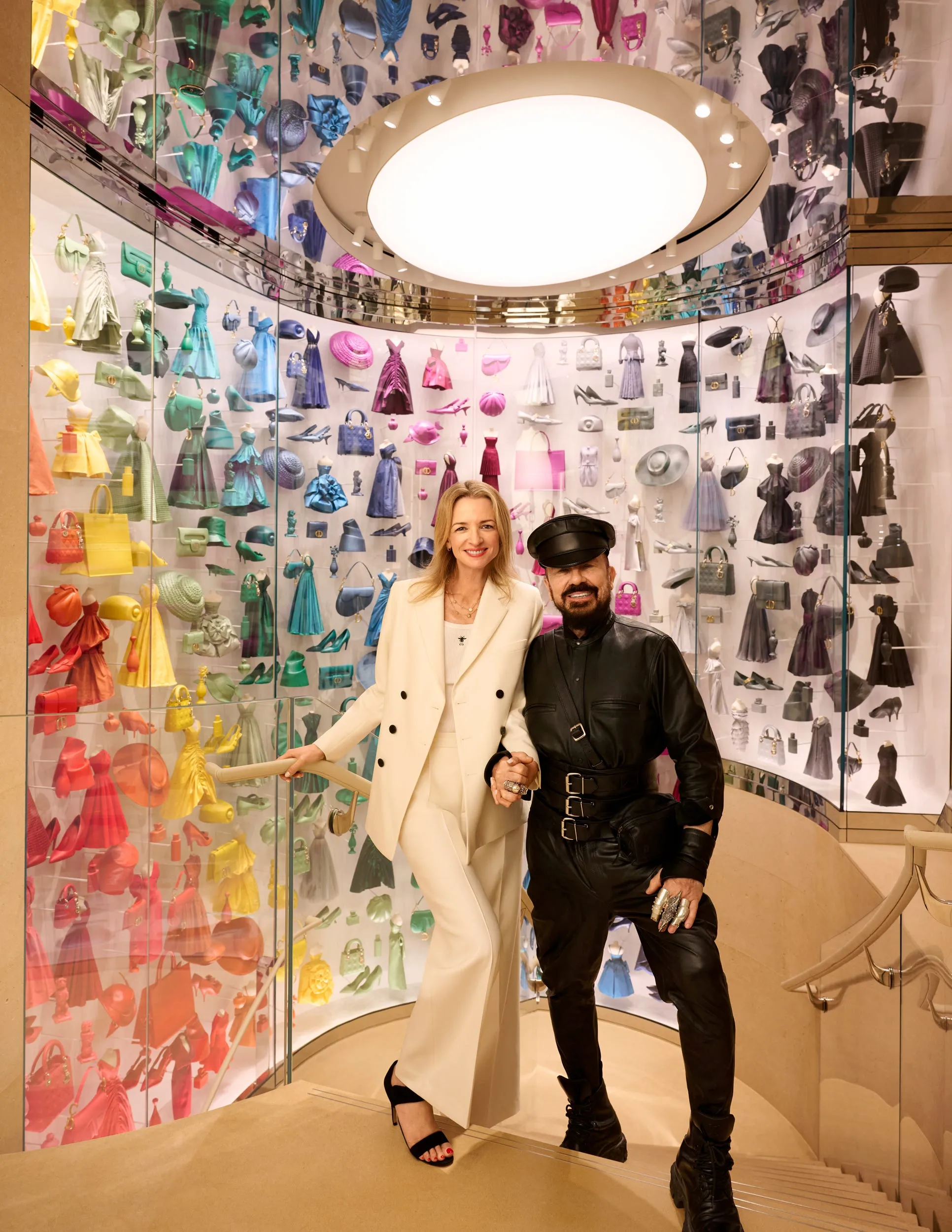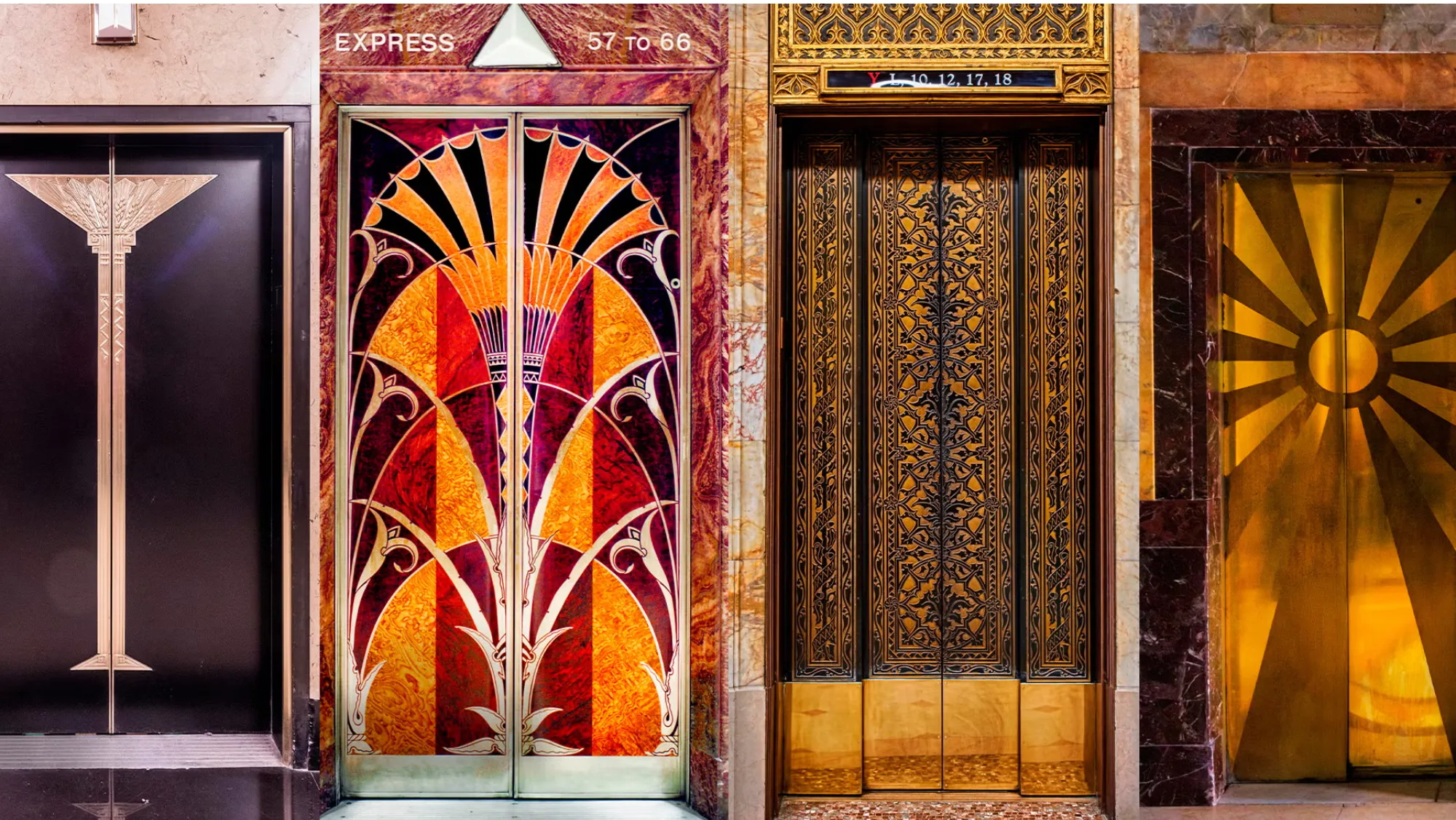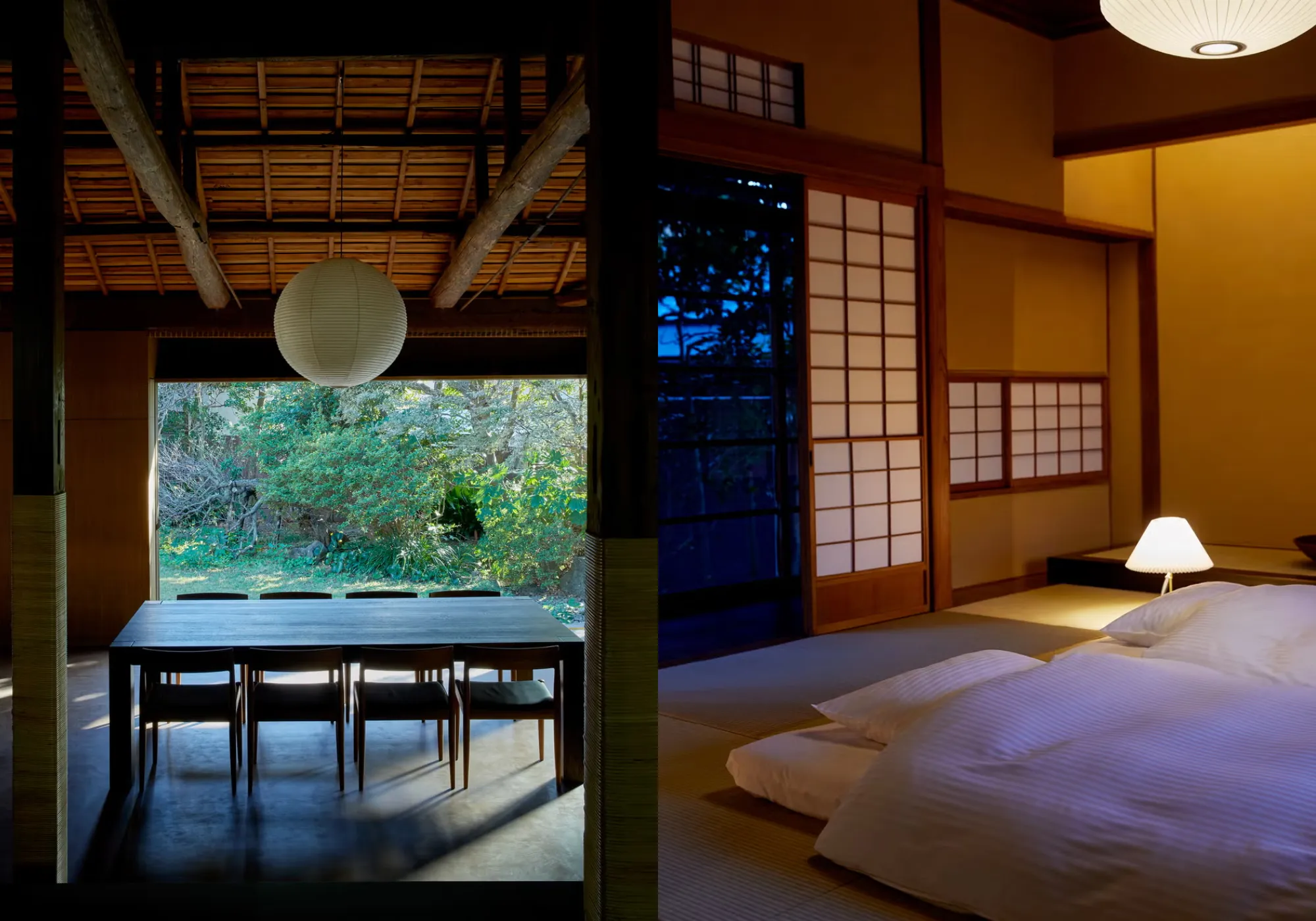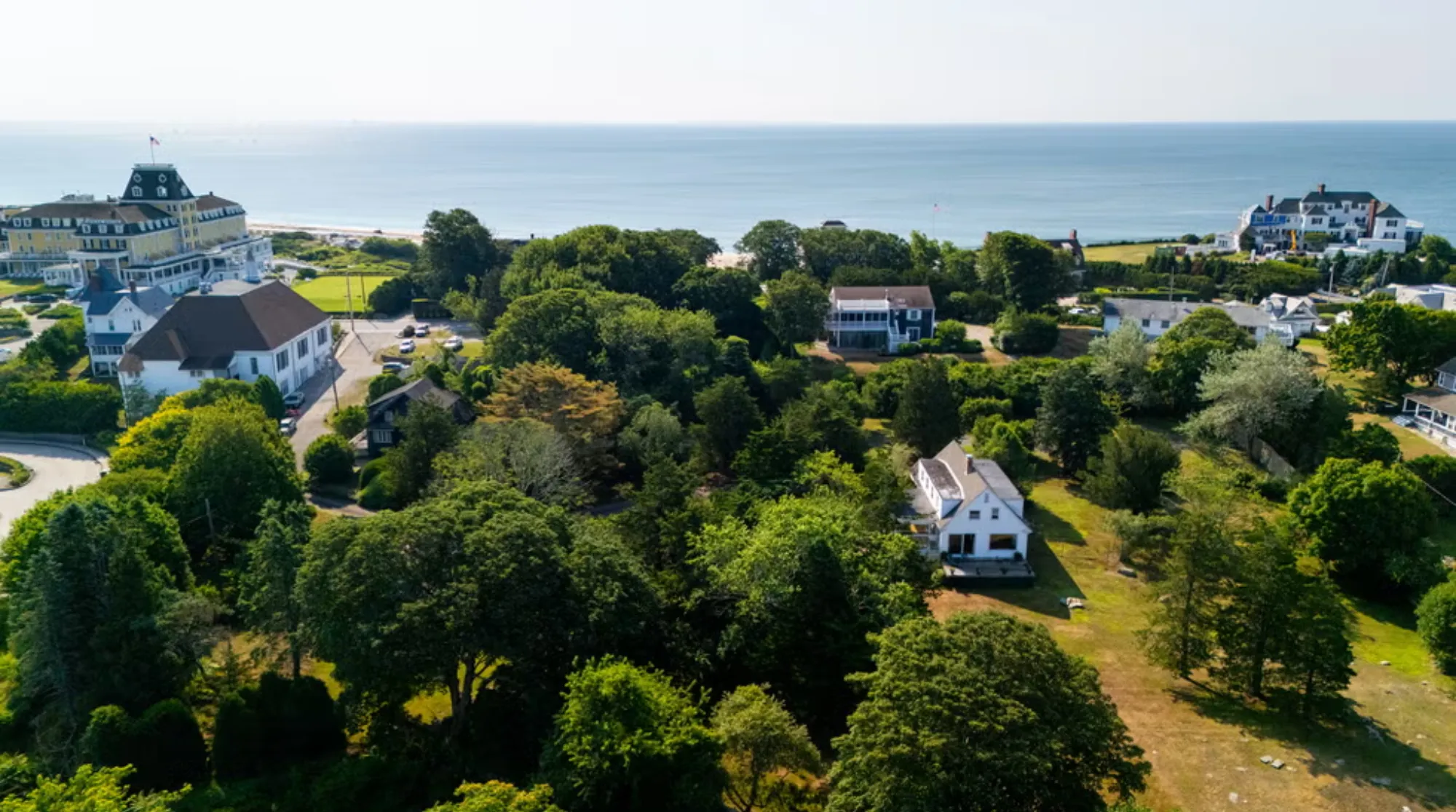
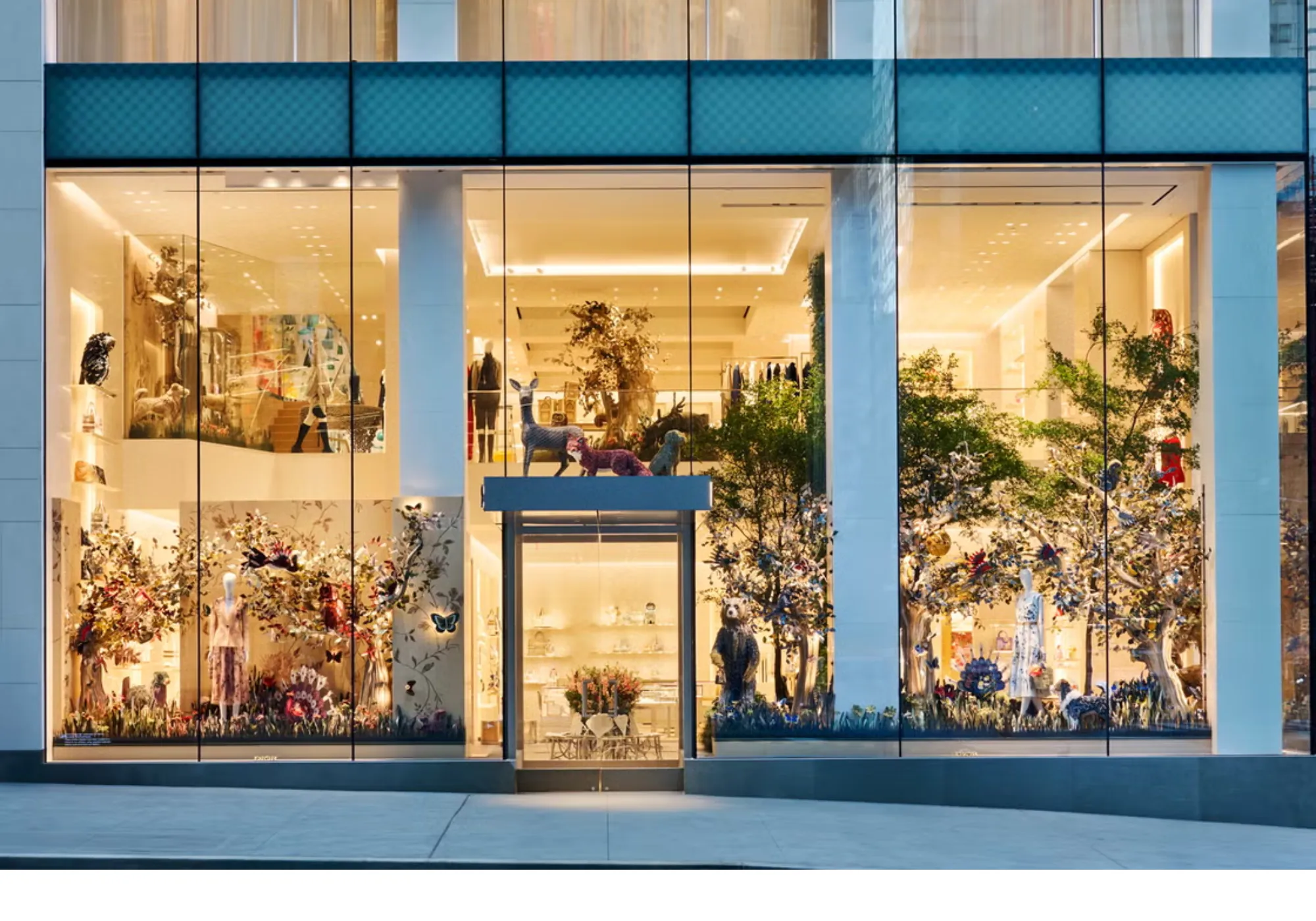
How Peter Marino Reinvented Dior’s Luxury Flagship in Manhattan
A Visionary Collaboration Between Dior and Peter Marino
The unveiling of the new Dior flagship store in Manhattan, designed by the renowned architect Peter Marino, marks a defining moment in luxury retail. Built on four expansive stories, the store reimagines what it means to shop in an environment where dreams, design, and desire merge seamlessly.
Delphine Arnault, chairman and CEO of Christian Dior Couture, spoke about Marino with reverence. “It’s always been Peter, since I was a child,” she said, recalling how the architect has shaped Dior’s physical spaces for decades. Arnault first visited the original Paris flagship at 30 Avenue Montaigne when she was only ten. Since then, Marino’s touch has become synonymous with Dior’s retail identity.
Peter Marino’s Legacy in Luxury Retail
Known for his distinctive black biker leather attire and bold aesthetic, Peter Marino has become a transformative force in high fashion retail design. His projects for Dior, Chanel, and Louis Vuitton have elevated boutiques into immersive cultural landmarks.
When Dior first enlisted him in the 1990s, Marino’s unique vision modernized the couture house’s spaces without losing touch with tradition. His signature lies in blending 18th-century elegance, mid-century influences, and contemporary artistry, producing results that feel both timeless and daring.
For the new Dior flagship in New York, Marino drew upon this formula again, creating a store that is not just a place to shop, but a destination of emotion, heritage, and modern artistry.
A Four-Story Masterpiece on 57th Street
The new Dior flagship sits on 57th Street in Manhattan, a stretch known for its luxury boutiques. Yet, as Marino himself noted, many neighboring storefronts tend to look identical. His solution? Create something radically different.
At the heart of the design is a living garden inside the store, a breathtaking installation that includes a grove of real trees nourished by an Austrian irrigation system—an innovation never before used in New York. This unexpected greenery transforms the space into a tranquil oasis amidst the city’s bustling commercial district.
Adding to the visual drama is a Claude Lalanne bench of aluminum ginkgo leaves, positioned near the windows. This fusion of art, nature, and design underscores Dior’s dedication to creating an immersive luxury experience.
The First Dior Spa in the United States
One of the flagship’s most groundbreaking features is the introduction of the first-ever Dior spa in the U.S.. This addition reflects Dior’s philosophy that true luxury goes beyond clothing—it extends into lifestyle, beauty, and personal care.
With serene interiors designed for privacy and relaxation, the spa offers visitors a chance to engage with Dior’s world of beauty in an intimate setting. It also reinforces Dior’s commitment to innovation by merging retail, art, and wellness in one unified space.
Private Selling Rooms: Redefining Elegance
Marino’s attention to detail extends beyond the public areas. The flagship includes private selling rooms, described by Marino as more beautiful than most living rooms. Their interiors balance three key influences:
-
Louis XVI-style furnishings
-
The Dior period of 1947 to 1957, featuring houndstooth and plaid motifs
-
Marino’s modern touch, blending clean lines and contemporary flair
Curtains are hand-embroidered, and carpets are luxuriously thick—elements Marino describes as the fine line between luxury and ordinary design. His philosophy is clear: every inch of the space must convey refinement and artistry.
Art as a Core Element of the Dior Experience
True to form, art plays a central role in the Dior flagship’s design. Marino personally selected many of the pieces, transforming the boutique into a gallery-like environment. Highlights include:
-
A Jean-Michel Othoniel painting in the Miss Dior VIP room
-
Sculptural works by Niki de Saint Phalle
-
A cocktail table by Vincenzo de Cotiis
-
A chromed-canvas reinterpretation of Monet’s flowers by Nir Hod
These works elevate the store into an immersive cultural space, where fashion, architecture, and fine art converge.
Preserving Dior’s DNA Through Design
For Marino, each brand he works with requires a distinct approach. When it comes to Dior, he describes his process as a “concrete recipe”:
-
One-third rooted in 18th-century history,
-
One-third devoted to the Dior golden years (1947–1957),
-
One-third infused with his own innovative modernity.
This formula ensures that every Dior boutique honors the brand’s heritage while also offering something new and unexpected.
From Residential Design to Couture Palaces
Marino’s career began in residential design, a background that still informs his retail projects today. “For the first 16 or 17 years of my career, I did nothing but residential work,” he explained. “When we first got Chanel in the 1980s, I felt like I was working for Mademoiselle Chanel. And when we got Dior, I felt I was working for Christian Dior himself.”
This personalized, intimate approach allows Marino to design boutiques that feel less like stores and more like elegant homes—spaces where visitors feel both welcomed and inspired.
The Emotional Impact of Architecture
Delphine Arnault emphasized that a Dior boutique should not just display products—it should create emotion. Marino achieves this through meticulous detail, sensory experiences, and architectural drama.
From sinking into plush carpets to being surprised by a grove of living trees, visitors encounter spaces designed to leave a lasting impression. This is not retail as usual; it is luxury elevated to an art form.
Why This Dior Flagship Matters
The opening of the new Dior flagship in Manhattan signifies more than just a new store. It represents:
-
The continuation of Dior’s legacy of blending tradition and modernity.
-
Peter Marino’s unmatched influence in redefining luxury retail worldwide.
-
A cultural space where fashion, art, and architecture meet.
-
Innovation in customer experience, with the addition of a U.S.-based Dior spa.
Together, these elements confirm Dior’s position at the forefront of not just fashion, but also design, lifestyle, and cultural storytelling.
Conclusion: A Dream Built in Manhattan
The new Peter Marino-designed Dior flagship on 57th Street is more than a retail store—it is a testament to the power of design, heritage, and imagination. With its blend of art, architecture, and nature, the space embodies Dior’s timeless codes while pushing into new territory.
As Arnault explained, Marino’s ability to mix tradition with innovation creates an atmosphere filled with emotion, history, and modernity. From its breathtaking tree-filled atrium to its elegant private rooms and curated art collections, the flagship stands as a bold redefinition of what luxury retail can be.
For Dior, the message is clear: fashion may begin with clothing, but true luxury is about crafting experiences that remain unforgettable.








